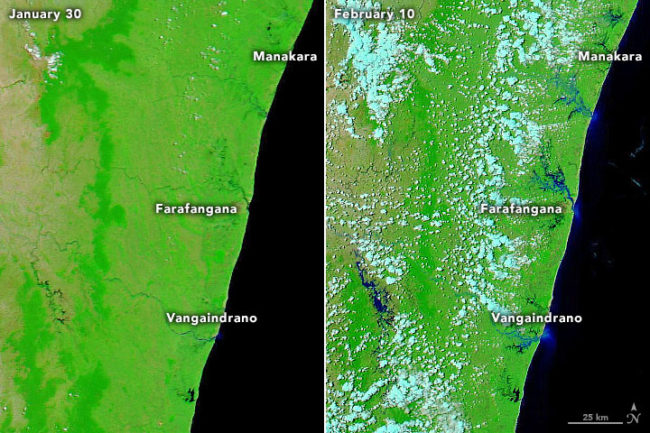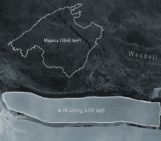
One of the main new points of the IPCC reports AR6 with respect to the previous ones is the increased confidence that global climate change induced by anthropogenic emissions is critically affecting the dynamics of weather extremes. For summer, and specifically over Europe, the AR6 report states that we are already observing prolonged periods of extremely warm conditions with increased droughts both leading to forest fires, ecological problems and health issues for vulnerable populations. In winter, increased persistence of cyclonic and anticyclonic structures leads to extremely wet and dry periods, the latter associated with foggy weather and smog accumulation in urban areas. Finally, the IPCC also warns that in the shoulder seasons we observe a large variability of rains associated both with tropical and extratropical storms and convective events, leading to an alteration of the hydrological cycle. But what is the relationship between single extreme events and climate change? There is an entire field of climate science that focuses on this topic and it is named “extreme event attribution”.
Attributing extreme events to climate change requires estimating the probability and frequency of the event in a world with and without climate change. These factual and counterfactual worlds can be constructed by using a series of observations which span several decades. Let’s suppose that the series start just after world war 2 and they have a continuous record till today, then the attribution assumes that the first part of the period, e.g. 1948-1978, is not influenced by anthropogenic climate change while the recent past is, e.g. 1991-2021. The event must then be defined: if we set a high threshold on temperature or precipitation amounts, we can then compute the probability of exceeding the threshold in the two worlds and this provides us with the estimate of return time and probability of the event in the two worlds. Another possibility for attribution is to use climate models, with or without anthropogenic forcing and repeat the procedure.
While the procedure seems straightforward, there are many hidden difficulties: the choice of the factual and counterfactual worlds, which leaves to the scientists a certain freedom, but also the choice of the region of interest and of the observable: using the daily maximum temperature rather than the average daily temperature on the same region may lead to different results. Finally, some extremes can be produced by very different dynamical configurations, so that the role of the atmospheric circulation should be taken into account in attribution studies.
To overcome these problems, attribution scientists team together, share data and ideas and critically discuss their findings in an international effort called World Weather Attribution. One of the founders, Geert Jan van Oldenborgh (1961-2021) who sadly passed away recently, greatly contributed to this cause by setting up the Climate Explorer platform, totally open, where everyone can download relevant data for attribution and counter check the validity and the transparency of these studies.
The European Union also supports the effort in attribution as it builds awareness of global climate change and its more impactful events on human society and natural ecosystems. There, at least three large projects on attribution and extreme events running right now thanks to the European Union: XAIDA, CLINT and DAMOCLES. To discover their activities we warmly invite the reader to follow their handles on twitter.



